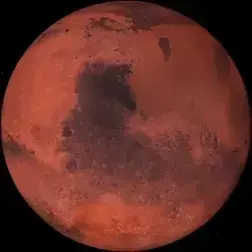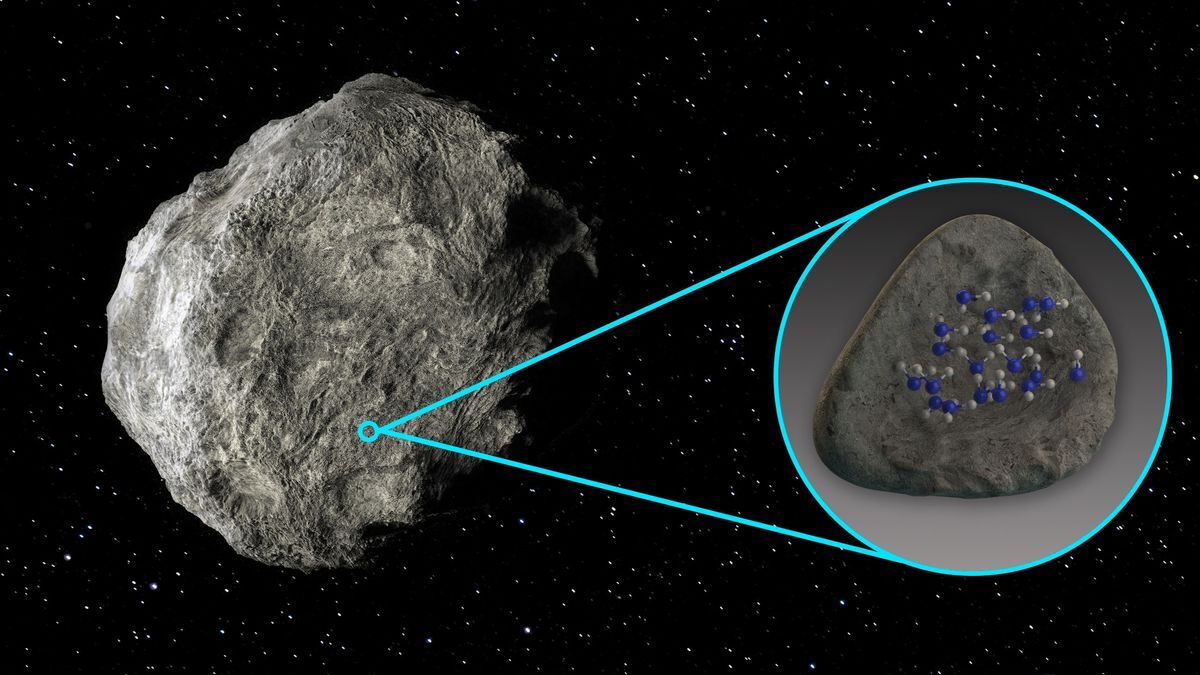- cross-posted to:
- interestingshare@lemmy.zip
- cross-posted to:
- interestingshare@lemmy.zip
Water molecules have been detected on the surface of an asteroid for the first time, revealing new clues about the distribution of water in our solar system.
Scientists studied four silicate-rich asteroids using data gathered by the now-retired Stratospheric Observatory for Infrared Astronomy (SOFIA), a telescope-outfitted plane operated by NASA and the German Aerospace Center.
Observations by SOFIA’s Faint Object InfraRed Camera (FORCAST) instrument showed that two of the asteroids — named Iris and Massalia — exhibit a specific wavelength of light that indicated the presence of water molecules at their surface, a new study reports.
If there were something or someone depending on that water, Nestlé would be right there, wiping every drop away, and then sell it back.
I love you. Keep doing the gods own work.
This is the best summary I could come up with:
Scientists studied four silicate-rich asteroids using data gathered by the now-retired Stratospheric Observatory for Infrared Astronomy (SOFIA), a telescope-outfitted plane operated by NASA and the German Aerospace Center.
Observations by SOFIA’s Faint Object InfraRed Camera (FORCAST) instrument showed that two of the asteroids — named Iris and Massalia — exhibit a specific wavelength of light that indicated the presence of water molecules at their surface, a new study reports.
“Asteroids are leftovers from the planetary formation process, so their compositions vary depending on where they formed in the solar nebula,” study lead author Anicia Arredondo, of the Southwest Research Institute in San Antonio, said in a statement.
SOFIA observations of the moon revealed roughly the equivalent of a 12-ounce bottle of water trapped in a cubic meter of soil spread across the lunar surface, chemically bound in minerals.
In the new study, the SwRI scientists found that the abundance of water on the two asteroids was similar to that seen on the moon and could also be bound to minerals, like on the lunar surface, or adsorbed in silicate, the researchers said.
Therefore, the findings at Iris and Massalia suggest that some silicate asteroids can conserve some of their water over the eons and may be more commonly found in the inner solar system than previously thought.
The original article contains 560 words, the summary contains 217 words. Saved 61%. I’m a bot and I’m open source!



